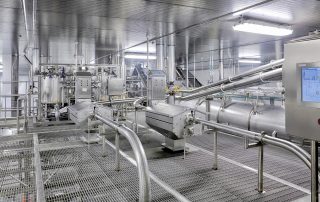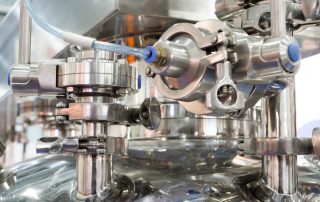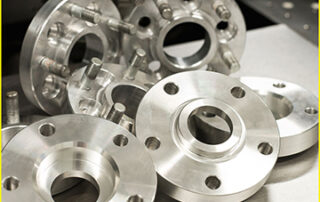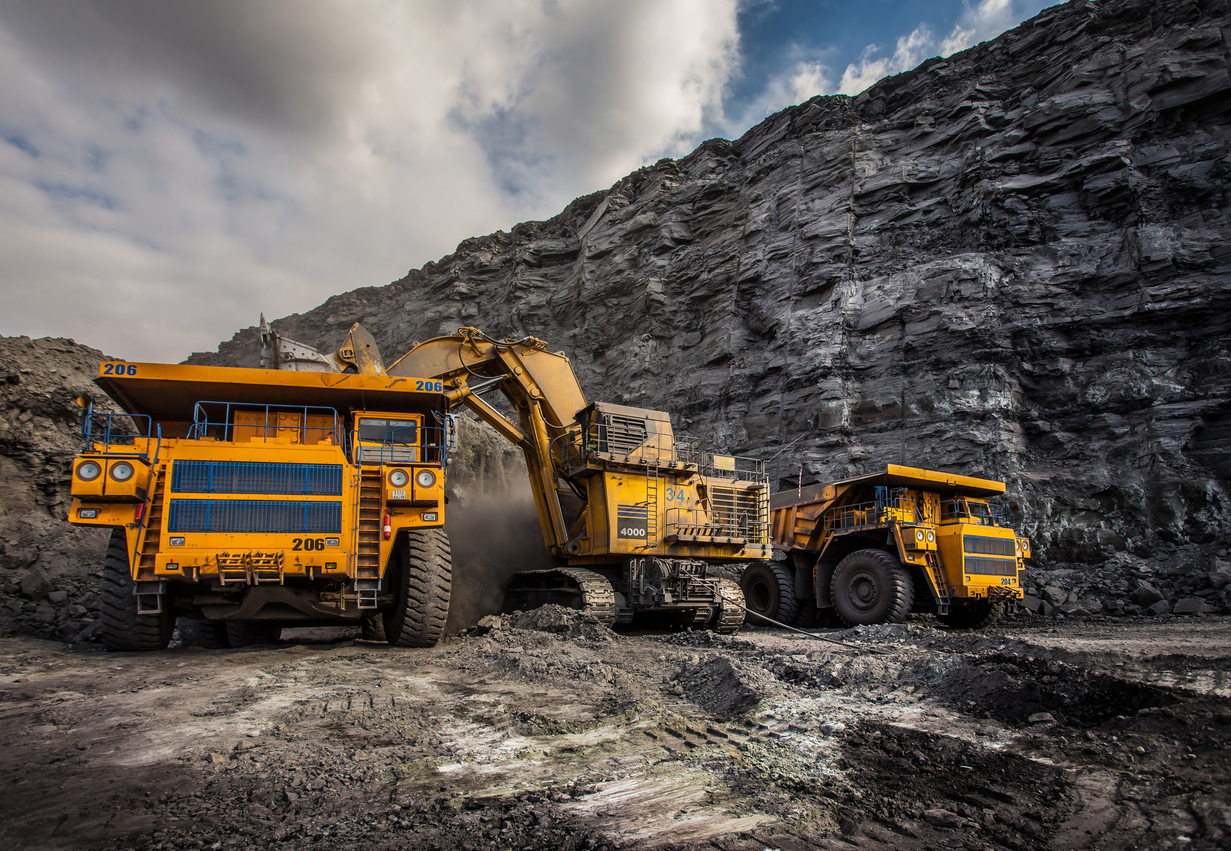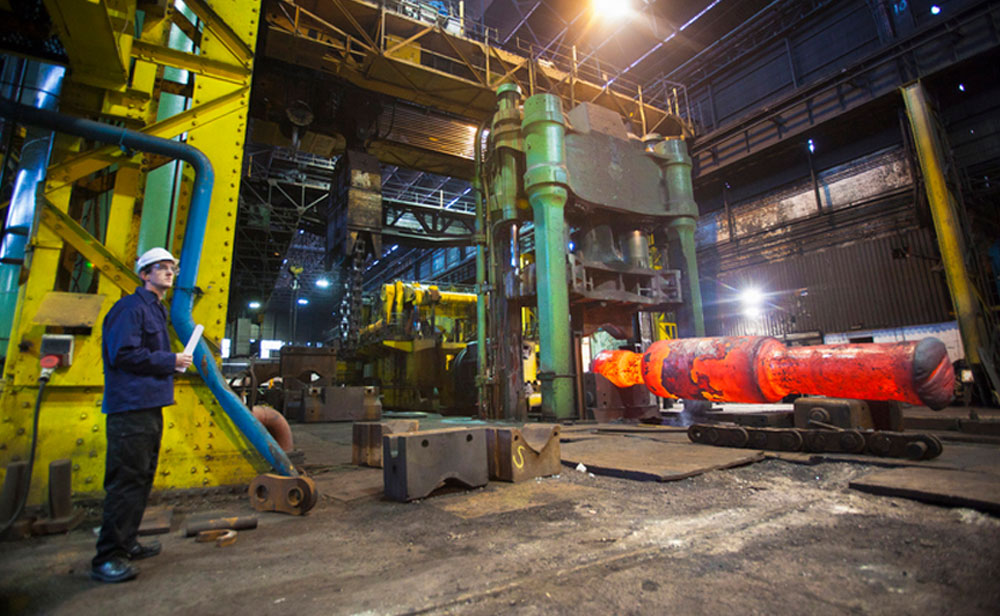Origins
Stainless steel was first recognized as a commercial proposition in 1913, by Harry Brearley, a metallurgist in Sheffield, England, after he noticed that certain gun barrels containing around 13% chromium didn’t rust when they were left outside. What he’d discovered was a steel that approximates to what we know today as type 420 stainless, a grade used to make table knives. Commercial production of this material didn’t start until after the first world war, by which time Doctors Strauss and Maurer at Krupp in Germany were busy discovering what we know as the 18-8 stainless steels. Britain started production of these steels in 1923, under license from the Krupp patent.
This represented the beginnings of stainless steel production and the first steps in a long fight against the many corrosive media which were lurking around to eat up anything that was a piece of steel.
Oxygen Required – Just Like Us
The corrosion resistance of stainless steels is due to the presence of an extremely thin protective oxide film, the so-called “passive film” which forms spontaneously on the steel surface when it’s exposed to air or some other gas or liquid which can supply oxygen to the steel surface. In fact, stainless steel is like humans, in that it needs oxygen to survive. This film is transparent and tightly adherent to the steel, and is so thin, probably less than 0.000001” thick, that it is absolutely invisible while in contact with the surface it’s formed on. The film is insoluble in water and in many other liquids, and impermeable to these and to many gasses. While it remains intact and tightly adherent to the steel surface, there will be protection from corrosive attack. It seems strange that a huge, heavy weight stainless steel forging owes its corrosion durability to a microscopically thin film, but that’s the way it is. And even if the film is broken locally, serious corrosion will not result providing oxygen is present because the film spontaneously repairs. If the ruptured film is prevented from repairing itself, corrosion of the steel will continue and will result in either pitting or general attack over the steel’s surface. The protective value of the oxide film on stainless steel will increase with its chromium content. If the steel contains significant amounts of other metals such as nickel or molybdenum, the oxides of these metals will also be present in the film and will improve its resistance to certain types of corrosive attack.
Look for additional blogs on this subject within steelforge.com. All Metals & Forge Group is a manufacturer of stainless steel forgings and seamless rolled rings for industrial uses, including the PH grades. This allows AMFG to manufacture the widest range of forged shapes for use in the Industries Served listed on steelforge.com.


